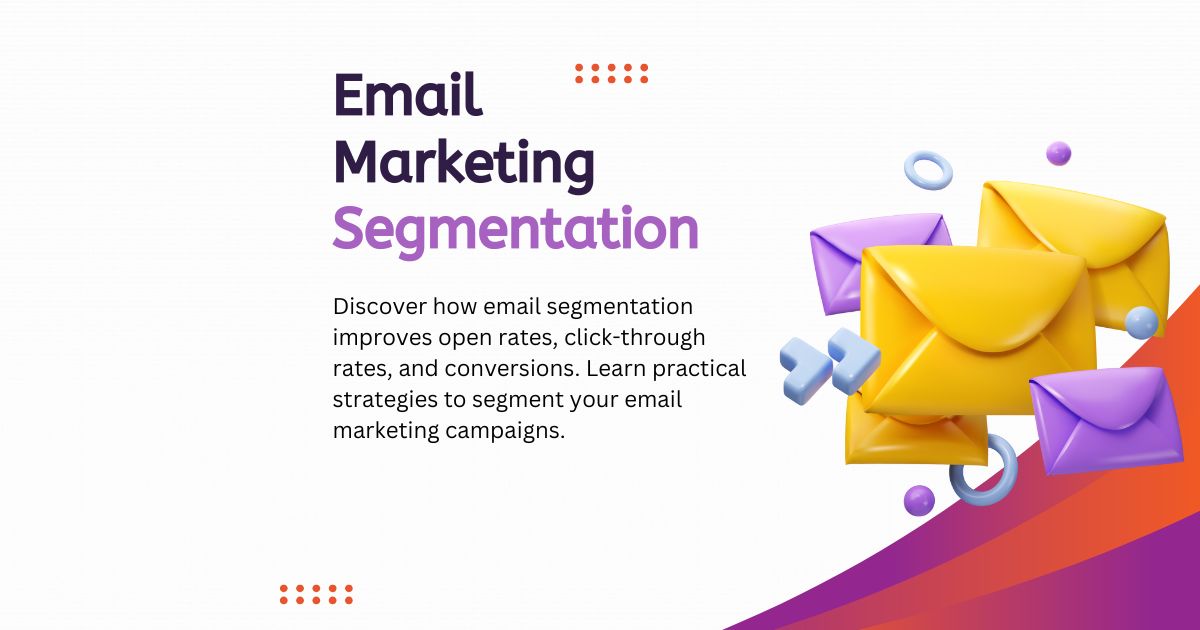
Email marketing remains one of the most powerful tools for businesses to connect with their audience. Yet many marketers treat their email list like a single, homogeneous group. This approach leaves money on the table and misses opportunities scattered across your campaigns.
Email segmentation changes everything. By dividing your email list into smaller, targeted groups based on specific criteria, you can deliver personalized content that resonates with each subscriber. This strategy doesn’t just improve engagement—it transforms your entire email marketing performance.
This post will explore why segmentation matters, how it boosts your results, and practical ways to implement it effectively. You’ll discover actionable strategies that can immediately improve your open rates, click-through rates, and conversions.
What is Email Segmentation?
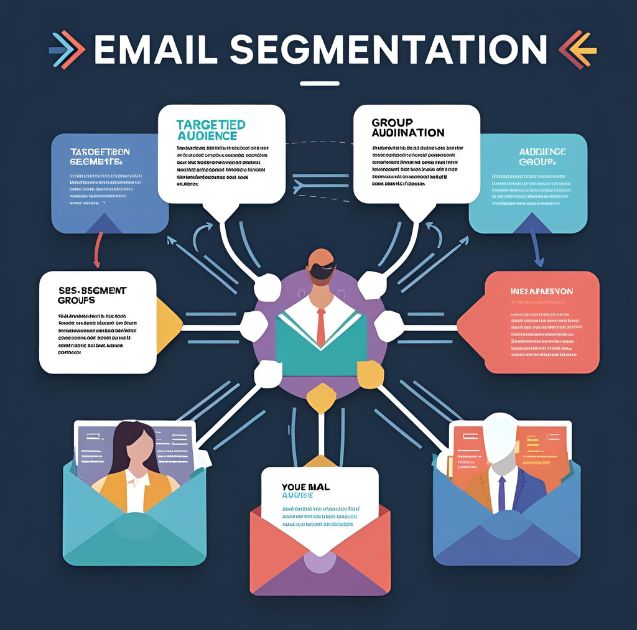
Email segmentation involves dividing your email list into smaller groups based on shared characteristics, behaviors, or preferences. Instead of sending the same message to everyone, you create targeted campaigns for specific audience segments.
Common segmentation criteria include:
- Demographics (age, gender, location)
- Purchase history and behavior
- Engagement levels
- Interests and preferences
- Customer lifecycle stage
- Industry or job title
When done correctly, segmentation allows you to speak directly to each group’s unique needs and interests. A retail brand might send different content to first-time visitors versus loyal customers, while a B2B company could tailor messages based on company size or industry.
The Power of Personalization in Email Marketing
Generic emails get ignored. Personalized emails get opened, read, and acted upon. Research consistently shows that personalized email campaigns significantly outperform generic broadcasts across all key metrics.
Segmentation enables true personalization beyond simply adding a first name to your subject line. You can customize:
- Product recommendations based on past purchases
- Content topics aligned with expressed interests
- Timing based on engagement patterns
- Messaging tone appropriate for different customer segments
This level of personalization creates a more relevant experience for subscribers. When people receive content that genuinely interests them, they’re more likely to engage with your brand and make purchases.
How Segmentation Boosts Key Email Metrics
Higher Open Rates
Segmented campaigns achieve higher open rates because the content feels more relevant to recipients. When subscribers consistently receive emails that match their interests, they develop trust in your brand and anticipate your messages.
Subject lines can be tailored to specific segments, making them more compelling. A segment of budget-conscious customers might respond to “Save 50% on bestsellers,” while premium customers prefer “Exclusive early access to new arrivals.”
Improved Click-Through Rates
Segmentation dramatically improves click-through rates by ensuring the right message reaches the right person. When email content aligns with subscribers’ interests and needs, they’re more likely to click through to your website.
Product recommendations become more accurate, content topics more engaging, and calls-to-action more compelling when tailored to specific segments.
Better Conversion Rates
Targeted emails convert better because they address specific pain points and desires. A segment of customers who abandoned their shopping cart receives different messaging than new subscribers exploring your brand for the first time.
This targeted approach moves subscribers through your sales funnel more effectively, resulting in higher conversion rates and increased revenue per email.
Reduced Unsubscribe Rates
Irrelevant emails frustrate subscribers and lead to unsubscribes. Segmentation reduces this problem by ensuring people receive content that matches their interests and engagement preferences.
When subscribers find value in your emails, they’re more likely to remain on your list long-term, preserving your audience and reducing customer acquisition costs.
Practical Segmentation Strategies
Demographic Segmentation
Start with basic demographic information like age, gender, location, and income level. This data helps you create targeted campaigns that resonate with different groups.
A clothing retailer might send different seasonal promotions to customers in different climates, while a fitness brand could tailor content based on age groups and fitness levels.
Behavioral Segmentation
Track how subscribers interact with your emails and website. Create segments based on:
- Email engagement (opens, clicks, forwards)
- Purchase frequency and recency
- Website browsing behavior
- Product category preferences
This behavioral data provides powerful insights into subscriber preferences and allows for highly targeted campaigns.
Lifecycle Segmentation
Segment subscribers based on where they are in the customer journey:
- New subscribers
- Active customers
- Repeat purchasers
- Lapsed customers
- VIP customers
Each group requires different messaging and offers. New subscribers need nurturing and education, while VIP customers deserve exclusive perks and early access.
Geographic Segmentation
Location-based segmentation enables region-specific campaigns. Consider:
- Local events and promotions
- Weather-appropriate product recommendations
- Time zone optimization for send times
- Cultural preferences and holidays
This approach makes your emails more relevant and timely for different geographic markets.
Getting Started with Email Segmentation
Audit Your Current Data
Begin by examining what subscriber data you already collect. Review your email platform’s analytics, website tracking, and customer purchase history. Identify patterns and opportunities for segmentation.
Start Simple
Don’t try to create dozens of segments immediately. Begin with 3-5 basic segments based on your most important criteria. As you gain experience and collect more data, you can create more sophisticated segments.
Test and Optimize
Run A/B tests to determine which segmentation strategies work best for your audience. Test different messaging, offers, and send times for each segment. Use the results to refine your approach.
Maintain Data Quality
Regularly clean your email list and update segment criteria. Remove inactive subscribers and ensure your segments remain relevant and accurate. Quality data leads to better segmentation results.
Common Segmentation Mistakes to Avoid
Many marketers create too many segments, making management difficult and results harder to track. Others segment based on assumptions rather than actual data, leading to ineffective campaigns.
Avoid these pitfalls by focusing on segments that align with your business goals and have sufficient size to justify separate campaigns. Always base segments on real subscriber data and behavior rather than guesswork.
Measuring Segmentation Success
Track key metrics for each segment to measure success:
- Open rates by segment
- Click-through rates
- Conversion rates
- Revenue per email
- Unsubscribe rates
Compare segmented campaign performance to your previous broadcast emails. The improvement in these metrics will demonstrate the value of your segmentation efforts.
Transform Your Email Marketing Today
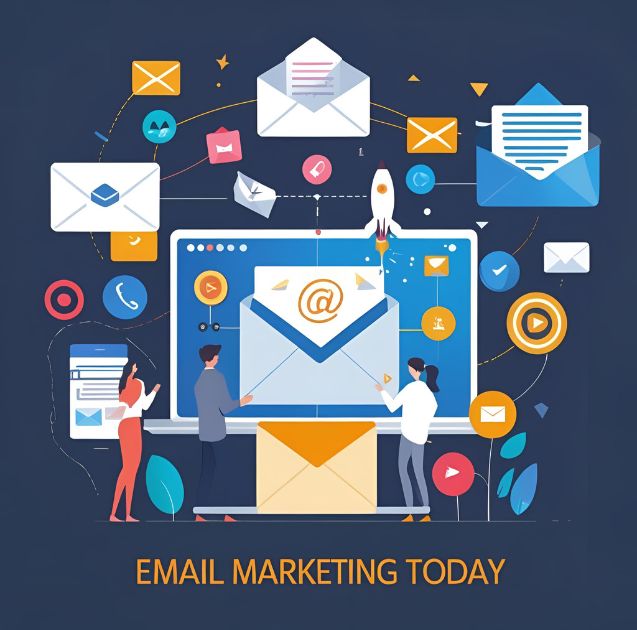
Email segmentation isn’t just a nice-to-have feature—it’s essential for email marketing success. By delivering relevant, personalized content to specific audience segments, you’ll see immediate improvements in engagement and long-term increases in customer loyalty.
Start by identifying your most valuable customer segments and creating targeted campaigns for each group. As you collect more data and refine your approach, your email marketing will become increasingly effective.
The subscribers on your list have different needs, interests, and preferences. Honor those differences with segmented campaigns that speak directly to each group. Your open rates, click-through rates, and bottom line will thank you.



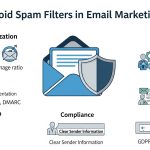


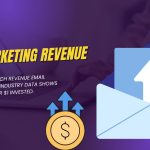
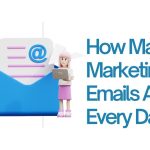







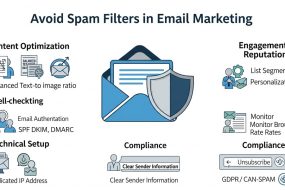
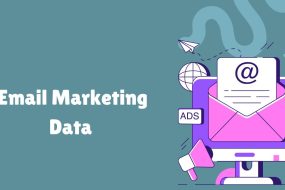
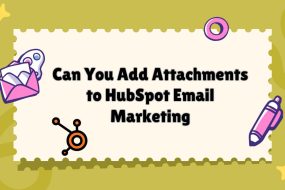
No Comments